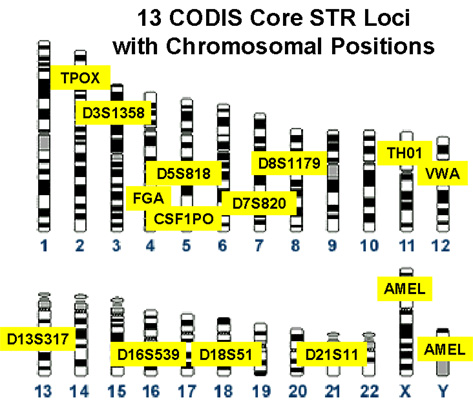Passwords are no longer acceptable as a security mechanism. The arrogant security people ask users that passwords be memorable, unguessable, high entropy, all different and never written down. With the proliferation of the number of passwords and the ever-increasing brute-force capabilities of modern computers, passwords of adequate strength are too complicated for human memory, especially when one must remember dozens of them. The above demands cannot all be satisfied simultaneously. Users are right to be pissed off.
A number of proposals have attempted to find better alternatives for the case of web authentication, partly because the web is the foremost culprit in the proliferation of passwords and partly because its clean interfaces make technical solutions tractable.
For the poor user, however, a password is a password, and it’s still a pain in the neck regardless of where it comes from. Users aren’t fed up with web passwords but with passwords altogether. In “Pico: no more passwords, the position paper I’ll be presenting tomorrow morning at the Security Protocols Workshop, I propose a clean-slate design to get rid of passwords everywhere, not just online. A portable gadget called Pico transforms your credentials from “what you know” into “what you have”.
A few people have already provided interesting feedback on the pre-proceedings draft version of the paper. I look forward to an animated discussion of this controversial proposal tomorrow. Whenever I serve as help desk for my non-geek acquaintances and listen to what drives them crazy about computers I feel ashamed that, with passwords, we (the security people) impose on them such a contradictory and unsatisfiable set of requests. Maybe your gut reaction to Pico will be “it’ll never work”, but I believe we have a duty to come up with something more usable than passwords.
[UPDATE: the paper can also be downloaded from my own Cambridge web site, where the final version will appear in due course.]


